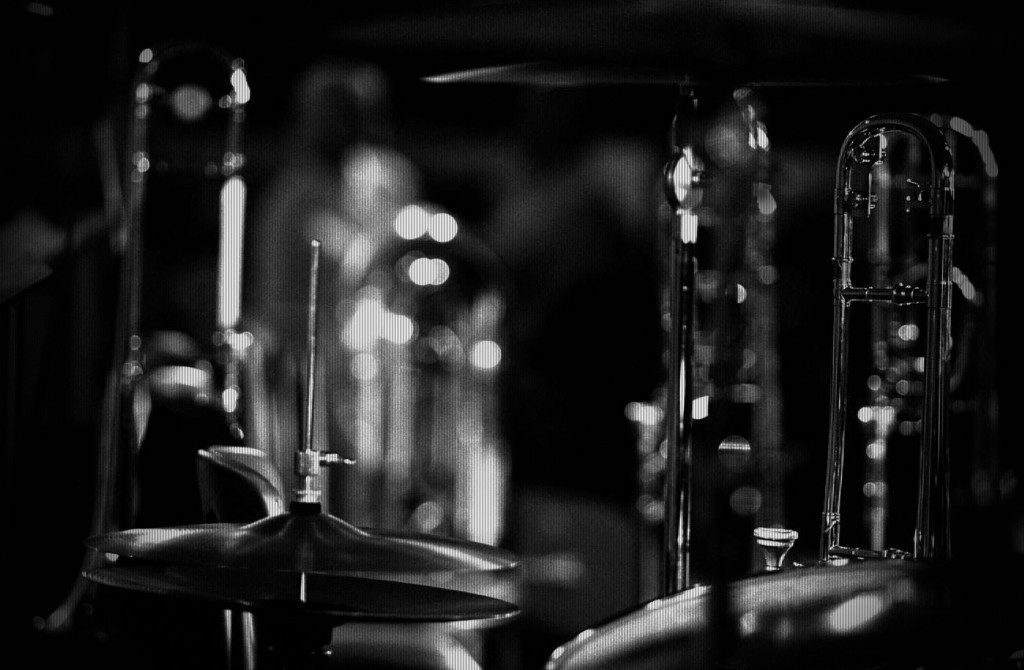Tune in to the Jazz Show with Gavin Walker every Monday night,
9pm-Midnight.
May 7th:
The Jazz Features for the Merry Month of May takes a look at an instrumental combination that is the basis for much Modern Jazz. That combination is the makeup of the quintet with trumpet, saxophone (either alto or tenor), piano, string bass and drums. We take a look at some quintet albums this month. Yes there are certain similarities in sound obviously but the musical aims and concepts of these quintets are all very different and they represent a sound that is still very much present in Jazz music today.
The first is a working band led by pianist Horace Silver. Mr. Silver used this instrumentation to play his distinctive melodic and hard-swinging compositions. This particular band was together for over six years with only the drum chair changing. The great Richard “Blue” Mitchell was on trumpet and the deep toned tenor saxophone was played by Junior Cook and their blend was unique. Gene Taylor was the rock steady bassist and on this date and the driving John Harris Jr. took over from Silver’s regular drummer Roy Brooks who had to sub out due to illness. Harris fits like a glove. The album is called “The Tokyo Blues” and the group plays a series of five brand new compositions that Horace Silver played on his first visit to Japan in early 1962. This album remains a favourite of the many Horace Silver Quintet recordings.
May 14th:
Next up in the quintet spotlight is alto saxophone master Jackie McLean and a hand picked group. Jackie McLean possessed one of the most distinctive sounds on that instrument. Tart and at times almost harsh and as McLean stated “no sugar added”. McLean, when this date was recorded was in full stylistic maturity in October 1961 and was musically looking ahead. McLean assembled this quintet with the underrated brother of the famous saxophonist Stanley Turrentine……Tommy Turrentine. Tommy and Jackie blend so well despite the fact that this date was their only get together. The super rhythm section had played together on several record dates and worked hand in glove. The legendary Sonny Clark on piano, Edward “Butch” Warren on bass and Billy Higgins on drums push the music forward. McLean and Clark contribute two tunes each and Turrentine and Warren each do one. The album is called “A Fickle Sonance” and it’s a groundbreaker.
May 21st:
The next quintet date turned out to be one of the best selling Jazz albums of all time and kept Blue Note Records afloat for many years. Trumpeter Lee Morgan had recovered from a couple of troubled years and inactivity and this was his first “comeback” date under his name. “The Sidewinder” was the name of the album and it was recorded in December of 1963. Morgan assembled a stellar group with young tenor saxophone master Joe Henderson, veteran Detroit pianist Barry Harris, bassist Bob Cranshaw and drummer Billy Higgins. On the session the first four Lee Morgan compositions were taped and went down smoothly without a hitch. Blue Note owner and producer Alfred Lion realized that they needed one more tune to fill the album and Morgan said that was all he had. Rather than play a standard or a quick blues, Lion said he wanted another Morgan composition. The band took a break and Morgan locked himself in the washroom and wrote the title track in less than twenty minutes and “The Sidewinder” was born. The band ran down the tune to smooth out the rough edges and then they recorded it……instant hit and a classic! A great combination: an artistically and commercially successful Jazz album…a win win!
May 28th:
The final quintet feature is one of the great working bands and it is said to be drummer/leader Art Blakey’s favourite edition of his Jazz Messengers. This personnel of this group was intact for several years and once again we’ll hear the great young trumpet herald Lee Morgan who was only 22 on this 1961 date. Lee’s front line partner was the ever creative and original Wayne Shorter who was in prime early form and was the “Musical Director” of this band. Iconic pianist Bobby Timmons was in this group playing his style which combined the complexities of bebop and the influence of funky gospel music. Bassist Jymie Merritt was as Blakey described him “the workhorse of the band” providing a solid underpinning for the soloists. Blakey on drums was one of the great masters and provides the feel and energy on every tune. Morgan and Shorter wrote two tunes each for the date and Bobby Timmons did one as did saxophonist Clifford Jordan. This date wasn’t issued for many years and when it was, it became a favourite. “The Witch Doctor” one of this band’s finest moments and is tonight’s Jazz Feature.

